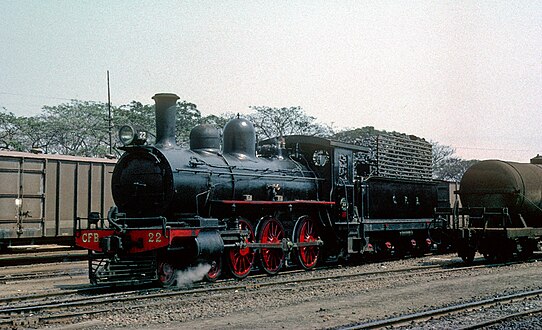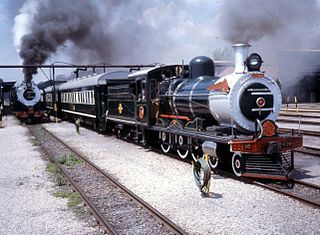
The South African Railways Class 6 4-6-0 of 1893 was a steam locomotive from the pre-Union era in the Cape of Good Hope.
The South African Railways Class 6E 4-6-0 of 1898 was a steam locomotive from the pre-Union era in the Orange Free State.
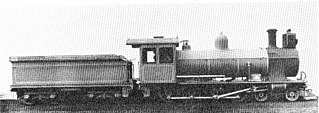
The South African type ZC tender was a steam locomotive tender from the pre-Union era in the Cape of Good Hope.

The South African type YC tender was a steam locomotive tender from the pre-Union era in the Cape of Good Hope.

The South African type YE1 tender was a steam locomotive tender from the pre-Union era in the Cape of Good Hope.

The South African type XF tender was a steam locomotive tender from the pre-Union era in Transvaal.
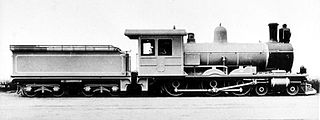
The South African type XD tender was a steam locomotive tender from the pre-Union era in the Cape of Good Hope.
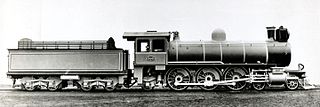
The South African type XM3 tender was a steam locomotive tender from the pre-Union era in the Transvaal.
The South African type XM2 tender was a steam locomotive tender from the pre-Union era in Transvaal.
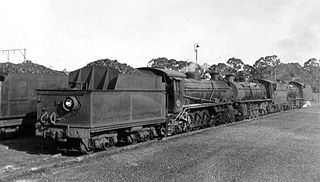
The South African type XP1 tender was a steam locomotive tender.

The South African type XE1 tender was a steam locomotive tender from the pre-Union era in the Cape of Good Hope.

The South African type XF2 tender was a steam locomotive tender from the pre-Union era in the Cape of Good Hope.

The South African type XM1 tender was a steam locomotive tender.
The South African type XC tender was a steam locomotive tender from the pre-Union era in Transvaal.

The South African type XE tender was a steam locomotive tender.
The South African type XJ tender was a steam locomotive tender.

The South African type WG tender was a steam locomotive tender from the pre-Union era in the Cape of Good Hope.
The South African type XS tender was a steam locomotive tender from the pre-Union era in Transvaal.

The South African type XM4 tender was a steam locomotive tender.

The South African type XM tender was a steam locomotive tender.


